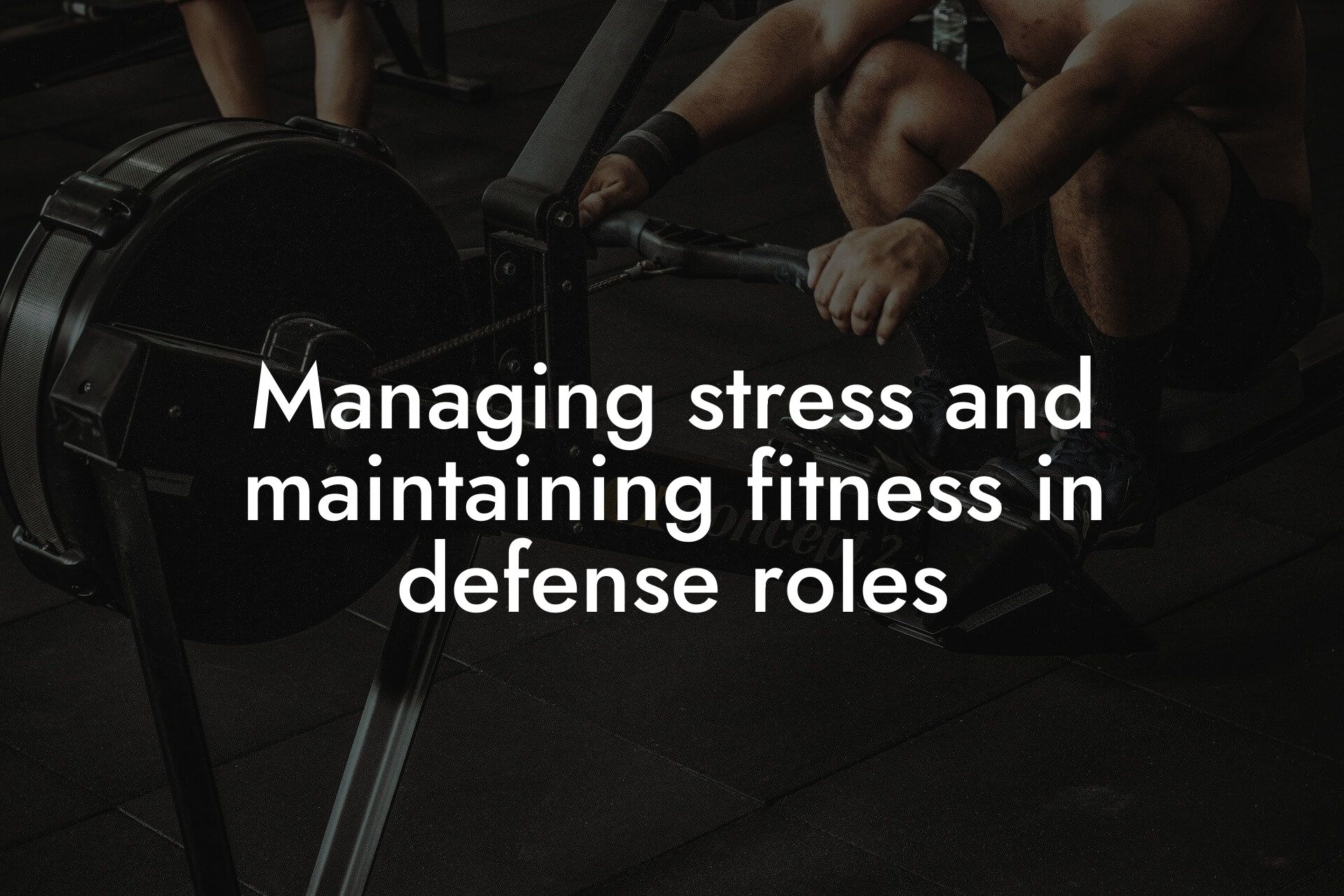As a high-earning professional, you understand the importance of maintaining optimal physical health and performance. In the military, this is especially crucial, as soldiers need to be in top physical condition to perform their duties effectively. One of the key tools used in military health assessments is Dual-Energy X-ray Absorptiometry (DEXA) scans. In this article, we'll delve into the role of DEXA scans in military health assessments, exploring their benefits, applications, and what they entail.
Table of Contents
- What is a DEXA Scan?
- Why are DEXA Scans Important in Military Health Assessments?
- How Do DEXA Scans Work in Military Health Assessments?
- Benefits of DEXA Scans in Military Health Assessments
- Applications of DEXA Scans in Military Health Assessments
- What Do DEXA Scan Results Mean for Military Personnel?
- Frequently Asked Questions
What is a DEXA Scan?
A DEXA scan is a non-invasive, pain-free medical imaging test that measures bone density and body composition. It uses X-rays to produce images of the inside of the body, providing detailed information about bone density, lean mass, fat mass, and other body composition metrics. DEXA scans are commonly used in various medical settings, including military health assessments, to evaluate bone health, diagnose osteoporosis, and monitor body composition.
Why are DEXA Scans Important in Military Health Assessments?
Military personnel face unique physical demands, including rigorous training, deployments, and combat situations. As a result, they are at a higher risk of developing musculoskeletal injuries, osteoporosis, and other health issues. DEXA scans play a crucial role in identifying these risks early on, allowing for targeted interventions and preventative measures. By assessing bone density and body composition, military healthcare providers can:
- Identify individuals at risk of osteoporosis or fractures
- Monitor the effectiveness of treatment plans for musculoskeletal injuries
- Track changes in body composition over time, ensuring optimal performance and readiness
- Provide personalized nutrition and exercise recommendations to support overall health and wellness
How Do DEXA Scans Work in Military Health Assessments?
The DEXA scan process typically takes around 10-15 minutes and involves lying on an examination table while a scanner arm passes over the body. The scan produces detailed images of the body's composition, including:
- Bone density (T-score and Z-score)
- Lean mass (muscle mass)
- Fat mass (body fat percentage)
- Visceral fat area (VFA)
- Other body composition metrics (e.g., android and gynoid fat)
Military healthcare providers use these metrics to assess overall health, identify areas for improvement, and develop targeted interventions.
Benefits of DEXA Scans in Military Health Assessments
DEXA scans offer several benefits in military health assessments, including:
- Early detection and prevention of osteoporosis and fractures
- Improved body composition and performance
- Enhanced injury prevention and management
- Personalized nutrition and exercise planning
- Streamlined healthcare services, reducing the burden on military medical resources
Applications of DEXA Scans in Military Health Assessments
DEXA scans have a wide range of applications in military health assessments, including:
- Initial enlistment screenings
- Periodic health assessments (PHAs)
- Injury rehabilitation and recovery
- Performance optimization and enhancement
- Research studies on military health and performance
What Do DEXA Scan Results Mean for Military Personnel?
DEXA scan results provide valuable insights into an individual's bone health, body composition, and overall wellness. Military personnel can use these results to:
- Identify areas for improvement, such as increasing lean mass or reducing body fat percentage
- Develop personalized fitness and nutrition plans
- Monitor progress over time, ensuring optimal performance and readiness
- Take proactive steps to prevent injuries and maintain overall health
DEXA scans play a vital role in military health assessments, providing critical information about bone density, body composition, and overall wellness. By understanding the benefits and applications of DEXA scans, military personnel can take control of their health, optimize their performance, and maintain peak readiness. As a high-earning professional, you can also benefit from DEXA scans, using the insights gained to improve your own physical health and performance.
At Tano Performance Group, we understand the importance of accurate and reliable body composition data. Our state-of-the-art DEXA machine provides comprehensive assessments, empowering individuals to make informed decisions about their health and wellness. Contact us today to learn more about our services and take the first step towards achieving your performance goals.
Frequently Asked Questions
What is a DEXA scan?
A DEXA (Dual-Energy X-ray Absorptiometry) scan is a non-invasive medical imaging test that measures bone density and body composition. It is commonly used to assess bone health, diagnose osteoporosis, and monitor body fat percentage.
How does a DEXA scan work?
A DEXA scan uses low-level X-rays to measure the density of bones and soft tissues in the body. The scan takes about 10-15 minutes to complete, and the results are usually available within a few days.
What is the purpose of DEXA scans in military health assessments?
DEXA scans are used in military health assessments to evaluate the overall health and fitness of military personnel. They help to identify potential health risks, such as osteoporosis, and monitor body composition to ensure optimal performance.
What information does a DEXA scan provide?
A DEXA scan provides detailed information about bone density, body fat percentage, lean mass, and fat mass. It also provides a breakdown of body composition, including the percentage of fat and lean mass in different regions of the body.
How accurate are DEXA scans?
DEXA scans are highly accurate and reliable, with a margin of error of around 1-2%. They are considered the gold standard for measuring bone density and body composition.
Are DEXA scans safe?
Yes, DEXA scans are safe and do not involve any invasive procedures. They use low-level X-rays, which are much lower than those used in traditional X-rays.
What are the benefits of DEXA scans for military personnel?
DEXA scans provide military personnel with valuable information about their overall health and fitness. They help to identify potential health risks, optimize body composition, and improve performance.
How often should military personnel get a DEXA scan?
The frequency of DEXA scans for military personnel depends on individual needs and health status. Generally, they are recommended every 1-2 years to monitor changes in body composition and bone density.
Can DEXA scans detect osteoporosis?
Yes, DEXA scans are highly effective in detecting osteoporosis, a condition characterized by low bone density. They can also monitor the progression of the disease and the effectiveness of treatment.
How does a DEXA scan differ from a body fat percentage measurement?
A DEXA scan provides a detailed breakdown of body composition, including lean mass and fat mass, whereas a body fat percentage measurement only provides a single value for body fat percentage.
Can DEXA scans be used for athletic performance optimization?
Yes, DEXA scans can be used to optimize athletic performance by providing detailed information about body composition and bone density. This information can be used to develop personalized training and nutrition plans.
How does a DEXA scan compare to other body composition measurement methods?
DEXA scans are considered more accurate and reliable than other body composition measurement methods, such as bioelectrical impedance analysis (BIA) and skinfold measurements.
What are the limitations of DEXA scans?
DEXA scans have some limitations, including the need for specialized equipment and trained technicians. They may also not be suitable for individuals with certain medical conditions, such as metal implants or pacemakers.
How much does a DEXA scan cost?
The cost of a DEXA scan varies depending on the location and provider. On average, the cost ranges from $100 to $300.
Is a DEXA scan covered by insurance?
Insurance coverage for DEXA scans varies depending on the provider and individual policy. Some insurance plans may cover DEXA scans for certain medical conditions, such as osteoporosis.
How can I prepare for a DEXA scan?
To prepare for a DEXA scan, wear loose, comfortable clothing and avoid eating a heavy meal beforehand. You should also inform the technician of any medical conditions or implants that may affect the scan.
What happens during a DEXA scan?
During a DEXA scan, you will lie on a table while the scanner passes over your body, taking X-ray images of your bones and soft tissues.
How long does a DEXA scan take?
A DEXA scan typically takes around 10-15 minutes to complete.
What are the risks of DEXA scans?
DEXA scans are generally safe, but there is a small risk of radiation exposure. This risk is minimized by using low-level X-rays and following safety protocols.
Can DEXA scans be used for children and adolescents?
Yes, DEXA scans can be used for children and adolescents to assess bone health and body composition. However, the scan should be performed by a trained technician and interpreted by a qualified healthcare professional.
How do DEXA scans compare to other medical imaging tests?
DEXA scans are highly specialized and provide unique information about bone density and body composition. They are often used in conjunction with other medical imaging tests, such as X-rays and CT scans, to provide a comprehensive picture of overall health.
Can DEXA scans be used for research purposes?
Yes, DEXA scans are often used in research studies to investigate the effects of various interventions on bone density and body composition.
What are the benefits of DEXA scans for athletes?
DEXA scans provide athletes with valuable information about their body composition and bone density, which can be used to optimize training and nutrition plans and improve performance.
How can I find a qualified DEXA scan provider?
To find a qualified DEXA scan provider, look for a facility that is certified by a reputable organization, such as the International Society for Clinical Densitometry (ISCD). You can also ask for referrals from your healthcare provider or check online directories.
Here are some related articles you might love...
- How to maintain bone density in physically demanding military jobs
- Nutrition strategies for maintaining energy in the field
- Managing stress and maintaining fitness in defense roles
- How to prevent injury through physical fitness in the military
- Balancing military duties with personal fitness goals
- Quick workouts for military professionals during downtime
- The impact of body composition on tactical performance
- How to maintain fitness during deployment
- The importance of physical fitness for military readiness
Zak Faulkner
Zak Faulkner is a leading authority in the realm of physical health and body composition analysis, with over 15 years of experience helping professionals optimise their fitness and well-being. As one the experts behind Tano Performance Group, Zak has dedicated his career to providing in-depth, science-backed insights that empower clients to elevate their physical performance and overall health.
With extensive knowledge of DEXA technology, Zak specializes in delivering comprehensive body assessments that offer precise data on body fat, muscle mass, bone density, and overall physique. His expertise enables individuals to make informed decisions and achieve their fitness goals with accuracy and confidence. Zak’s approach is rooted in a deep understanding of human physiology, combined with a passion for helping clients unlock their full potential through personalised strategies.
Over the years, Zak has earned a reputation for his commitment to excellence, precision, and client-focused service. His guidance is trusted by top professionals who demand the best when it comes to their health. Whether advising on fitness programs, nutritional strategies, or long-term wellness plans, Zak Faulkner’s insights are a valuable resource for anyone serious about taking their health and fitness to the next level.
At Tano Performance Group, Zak continues to lead our Content Team revolutionising how professionals approach their physical health, offering unparalleled expertise that drives real results.




